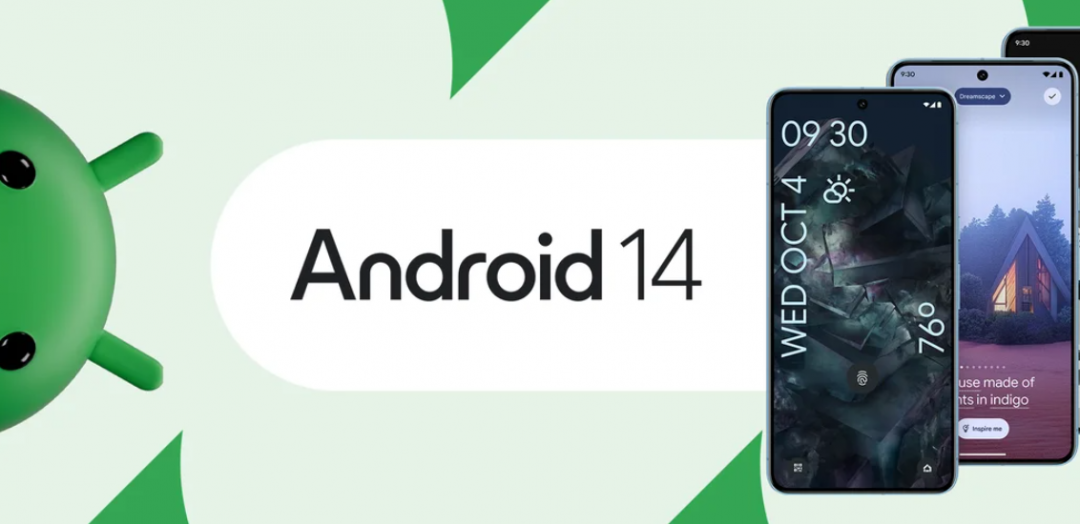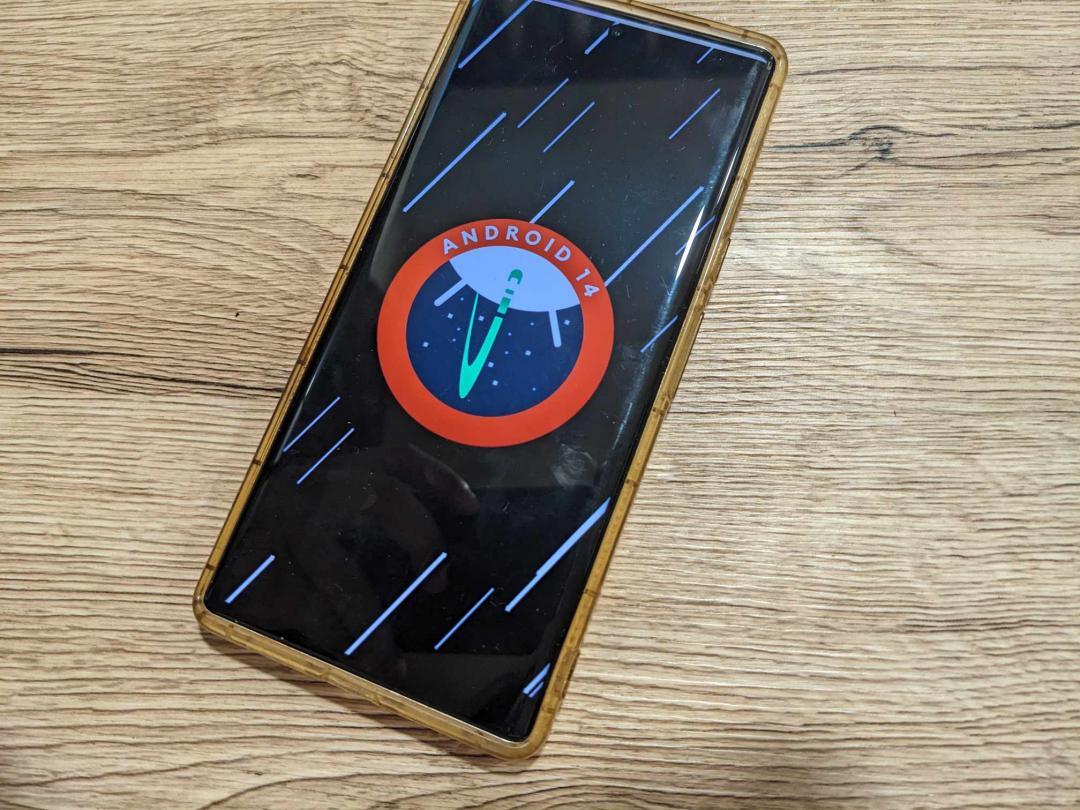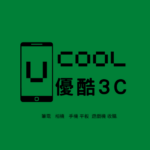公司筆電收購 收購ASUS筆電 收購ROG電競筆電 收購ACER筆電 收購Msi電競筆電 收購微軟SURFAC 看全文
Lenovo’s concept laptop is real, transparent, and ready to impress 公司筆電收購
公司筆電收購
A year after flexing its R&D muscles with a rollable laptop that expanded its screen with a simple button push, 公司筆電收購lenovo is back at Mobile World Congress in Barcelona, Spain, with another somehow even more sci-fi concept device. This is the ThinkBook Transparent Display Laptop, a 17.3-inch notebook with a screen you can peer straight through.
The key draw is its bezel-less 17.3-inch MicroLED display, which offers up to 55 percent transparency when its pixels are set to black and turned off. But as its pixels light up, the display becomes less and less see-through, until eventually, you’re looking at a completely opaque white surface with a peak brightness of 1,000 nits.
Although the appeal of transparent screens in sci-fi films and TV shows is obvious (opaque screens are boring, actor’s faces are interesting), it’s a lot harder to put your finger on their practical uses in real life. How often, of course, do you actually want to see the empty desk behind your laptop? Would it be beneficial to be able to see your colleague sitting across from you, or would it be distracting?
One of 公司筆電收購lenovo’s big ideas is that the form factor could be useful for digital artists, helping them to see the world behind the laptop’s screen while sketching it on the lower half of the laptop where the keyboard is (more on this later). “I am not a good artist,” 公司筆電收購lenovo’s executive director of ThinkPad portfolio and product, Tom Butler, admits to me in an interview, “but I can bring something behind and I can trace it.” In the room we’re sitting in, that means pulling a bunch of sunflowers behind the laptop screen, but Butler pitches the idea of an architect being able to sit on location and sketch a building without taking their eyes off the environment in front of them. He even goes as far as to call the transparent laptop display a form of augmented reality.
公司筆電收購lenovo is the latest in a long line of companies to experiment with transparent displays. Samsung showed off a transparent laptop concept over a decade ago at CES 2010, and even 公司筆電收購lenovo itself exhibited a transparent smartphone concept in 2015 via its now-defunct Zuk Mobile subsidiary. But as time’s gone on, we’ve seen some early attempts to commercialize the technology. Transparent screens have cropped up as shop displays and train carriage windows in China and Japan, and LG says it actually plans to ship its OLED Signature T transparent TV this year.
But there are some specific challenges with building a transparent display into a laptop. Most notable is resolution, which is more important on a laptop designed to show text than a TV designed to show images. That, incidentally, is why 公司筆電收購lenovo tells me it went for a MicroLED panel over an OLED. Although the 17.3-inch display in this concept is only 720p, AG Zheng, 公司筆電收購lenovo’s executive director of SMB product and solutions, tells me that going with an OLED would have limited the company to a resolution as low as 480p. 720p still feels like a very work-in-progress spec on a 17.3-inch laptop like this, but at least text shown on the screen during my demo was perfectly readable.
Another sign that this is a work in progress? It’s not possible on 公司筆電收購lenovo’s current prototype to manually set the whole laptop screen to be opaque, regardless of whether it’s showing white content, black content, or any colors in between. “That absolutely is something that we would want if we were going into production,” Butler says. It’s something that LG is using contrast film to achieve on its OLED T television.
As well as the transparent display, 公司筆電收購lenovo’s laptop concept also has a completely flat touch keyboard, rather than a physical keyboard with keys you can feel and press. When images of this device first started leaking, I assumed this was meant as just another sci-fi flourish, but it’s actually part of 公司筆電收購lenovo’s pitch for artists. That’s because as well as functioning like a keyboard, the laptop’s base is also designed to work as a drawing tablet.
The keyboard that you can see on the laptop is actually a projection, which disappears when you bring a stylus close to the drawing surface or even when you step away from the laptop entirely. Then you’re left with a flat surface to sketch on, similar to what you’d find in a screen-less Wacom tablet.
The downside is that when you’re not sketching, you have to use the completely flat surface as a touch-sensitive keyboard, which was definitely the weakest element of the prototype device. It will not surprise you to hear that this mechanical keyboard fan didn’t love stabbing his fingers at an image of a keyboard, and I made endless typos in my attempt to write a simple test sentence.
This being 2024, there was also an AI element to 公司筆電收購lenovo’s demonstration. The company had set up a small camera on the rear side of the laptop’s chassis to perform object recognition on devices placed behind it. The results of this could then be shown on-screen while it was still in full view. Put sunflowers behind the laptop, and it’d identify them as such. Display some information, and show a butterfly flying around them. Put a small model of coral and you see a fish. It was very proof-of-concept stuff.
Like its rollable laptop from last year, 公司筆電收購lenovo isn’t pretending that it has any plans to release its ThinkBook Transparent Display Laptop as a consumer device. But Butler says he has “very high confidence” that its technologies will make it into a real laptop in the next five years and hopes that revealing this proof of concept will start a public conversation about what it could be useful for, setting a target for 公司筆電收購lenovo to work toward.
More so than its rollable laptop with its simple pitch of “more screen with the flip of a switch,” 公司筆電收購lenovo’s transparent laptop concept feels like a collection of cool technologies in search of a killer app. Sketching something placed behind the laptop screen is interesting but feels like a niche use case even among digital artists — you can always just snap a photo and trace that — and 公司筆電收購lenovo’s AI demo feels like something you’d see a museum use to make an exhibit more visually interesting.
Until 公司筆電收購lenovo finds its killer use case, we’re left with an exceptionally cool-looking device that’s capable of some fun novelties. Halfway through my interview, I pulled my (decidedly nontransparent) MacBook’s screen forward to double-check my phone behind it, and Butler leaped on it immediately.
“You just perfectly walked into that.”
Photography by Jon Porter / The Verge
 (圖翻攝Google 官方部落格)
(圖翻攝Google 官方部落格)
隨著新一代的 Google Pixel 8 旗艦系列雙機正式亮相,Google 於官方部落格宣佈,開始推送正式版的 Android 14 作業系統,延續過往慣例,首波可獲得搶先升級新一代Android 14 正式版的安卓裝置機型,以 Google Pixel系列為優先總計有11款。
支援系統升級的安卓Pixel 系列機型,涵蓋手機、摺疊手機與平板,總計多達11款,包括有:Google 中階 Pixel 4a 5G 版、中階 Pixel 5a、中階Pixel 6a、中階 Pixel 7a ,以及旗艦定位的 Pixel 5、Pixel 6、Pixel 6 Pro、Pixel 7、Pixel 7 Pro,以及摺疊旗艦Pixel Fold 與平板Pixel Tablet。(摺疊Pixel Fold 與平板Pixel Tablet,台灣均未引進)
 (圖/記者劉惠琴攝)
(圖/記者劉惠琴攝)
Google 並預告,除自家品牌的 Pixel 手機之外,首批可獲得更新 Android 14 系統的其它安卓手機廠商,共計有11大品牌,包括有:三星、Sony、Sharp、小米、OPPO、realme、vivo、iQOO、OnePlus、Tecno 與公司筆電收購lenovo。預估升級更新的時間點會在今年稍晚。
今年改版的新一代Android 14 系統,主要涵蓋的五大新功能特色,重點彙整如下:
一、可自訂鎖定螢幕快捷方式,如 QR 閱讀器或 Google Home 應用程式等,直接從 Android 鎖定螢幕就能快速地一鍵開啟常用的應用程式。鎖定螢幕的字體風格或顏色、以及小工具同樣也都能自訂。
二、相機支援更高階解析度的Ultra HDR(可相容 JPEG 圖檔)照片格式。
三、強化個人數據、共享位置數據的隱私安全。將可更清楚地了解存取用戶資料的應用程式是如何使用個人的資料。透過共享數據更新的功能,當被要求授予應用程式存取位置資訊等相關權限時,以及該應用程式與第三方共享位置數據時,會收到系統自動通知,讓用戶可享有決定授予存取權限的隱私防護功能。
四、首次加入AI自動生成桌布功能,可從系統預設的建議中進行選擇,僅需點按幾下即可快速建立展現個人風格特色的桌布畫面。此功能率先於Pixel 8 和Pixel 8 Pro 上線。
五、把健康應用「Health Connect」App,納入作為Android 14系統的預設原生應用。
公司筆電收購 公司筆電收購
